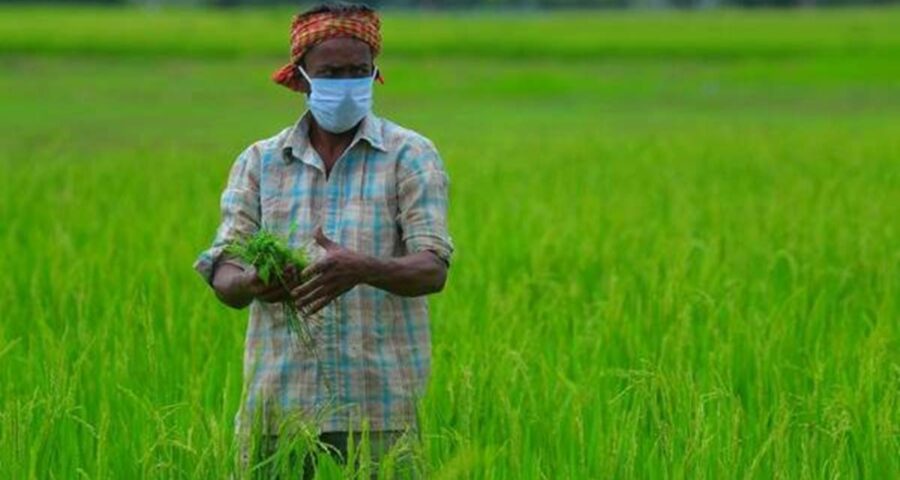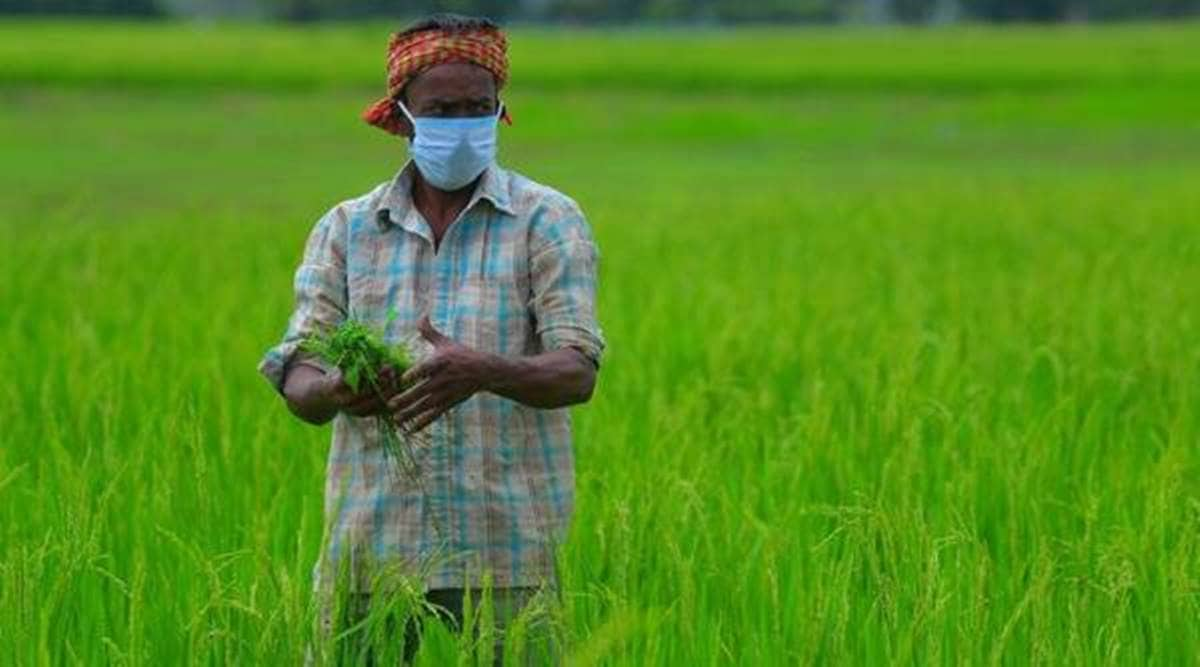Reform that would ensure justice to over 85 per cent of small and marginal farmers needs to look at more than mere efficiency of agriculture markets.
In his speech on December 25, Prime Minister Narendra Modi said that the three controversial farm laws will finally deliver justice to the vast majority of small farmers who have been ignored by successive governments. As farmers continue their protest in the chilling Delhi winter, we contend that the agriculture marketing system in the country needs a serious overhaul. But an exercise that would ensure social and economic justice to more than 85 per cent of small and marginal farmers in the country has to be grounded in an array of factors related to ecology, nutrition, equity, culture, economics and politics, along with the consideration of efficiency of agriculture markets. The three farm acts have dismally failed to look at these interconnected dimensions, because of which, a number of questions remain unanswered.
First, while it is essential to provide competitive markets for farmers to sell, why did the Centre assume that bypassing the regulated mandis is the best solution? If the problem is the licence raj and oligopolistic structure of some mandis, why not change licencing requirements and have more buyers (small and large traders, companies, start-ups, cooperatives, FCI, etc) participating in the auction in the same mandi? The original purpose of the mandi system was to promote a regulated and competitive auction system whereby multiple bidders would publicly call out bids for farmers’ produce. The entry of corporates in direct competition with traders would strengthen this competitive purchase environment. Improving the infrastructure and developing the 23,000 periodic rural haats as well as smaller mandis would bring this institutional market closer to small and marginal farmers.
Under the new Act, a few private players who are going to dominate in the market will be free to frame their own rules regarding their procurement decisions from individual farmers. Farmers will have to accept those rules or go elsewhere. Unlike the mandi, which is a regulated public space where farmers can hold private traders/corporate buyers accountable, the accountability of private marketplaces flows to their respective shareholders and not towards farmers. While proponents insist that the regulated mandis will function as earlier, farmers have effectively argued using the BSNL vs Jio example, that in the medium run, most of these mandis, except the largest ones, are likely to become obsolete.
Second, the mandi system has enabled all qualities of commodities to be sold, but private players have higher quality standards that exclude producers of poor quality. Given the natural variation in quality of farm produce, not all farmers would be able to obtain a “good” quality crop as defined by private players. In every season, there will be farmers left with poorer quality produce. Typically, small traders with low financial capacity have purchased such produce, cleaned or sorted it by grade, and sold it to other traders in the mandi system. With the push towards standardised quality by private sector players, what happens to such farmers and their produce?
The third point relates to the second. Naturally grown products are variable in colour, texture and even taste, and our food consumption practices have thrived on this variation (the tomatoes used for rasam, chutney and salad are very different). Across the world, and especially in the US, the push for standardised and uniform quality of produce by agribusinesses has led to major transformations in the farm supply chain. In the process, farmers have been pushed towards growing monocultures of a few crops and varieties, with their attendant toxicity and risk, and consumer preferences have been transformed towards select ultra-processed foods created from this narrow product base, that has been detrimental for human health. Do we want to promote an agricultural marketing system that threatens to not only further skew the already skewed agroecological diversity in India?
Fourth, efficiency has also been measured by how easily agricultural produce can travel from one place to another. But would this not contribute further to climate change with greater emissions from transportation across long national or global supply chains?
The fifth and the last point relates to the notion of freedom and equality among participants inherent in the understanding of free markets. Post 1990s, the liberalisation of trade in agricultural produce has meant that Indian farmers have to compete with farmers around the world to sell their produce in the global market. However, by manipulating and selectively reading the World Trade Organisation rules, countries such as the US have been able to subsidise their farmers to an extent ($46 billion in federal subsidies this year alone in the US) incomparable in magnitude to India. In such a distorted market, does liberalisation of Indian agriculture even make sense?
Also, it is important to recognise that it is not a given that demand and supply will meet on their own to create a common, acceptable (efficient, market-clearing) price. This is shaped by various actors in the system — the more powerful the actor, the more the ability to determine the price and other terms of exchange between the two entities. Under an unregulated situation outside the mandis, Indian farmers who are mostly marginal and small will find it hard to overcome the grip of large agribusinesses. Considering the critical importance of agriculture for livelihoods, health, food security, and also keeping in mind the vulnerability of Indian farmers, it is necessary to go beyond reductionist expediency in considering agricultural reforms.
Agrawal is a PhD student in the department of anthropology, University of California, Los Angeles. Richa Kumar is associate professor at the department of humanities and social sciences, IIT, Delhi
Source: Read Full Article


